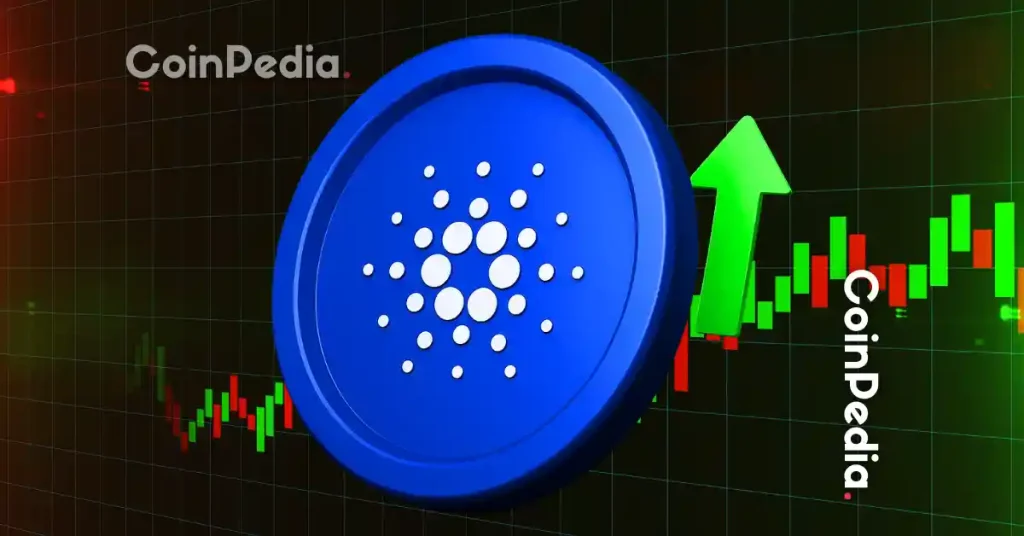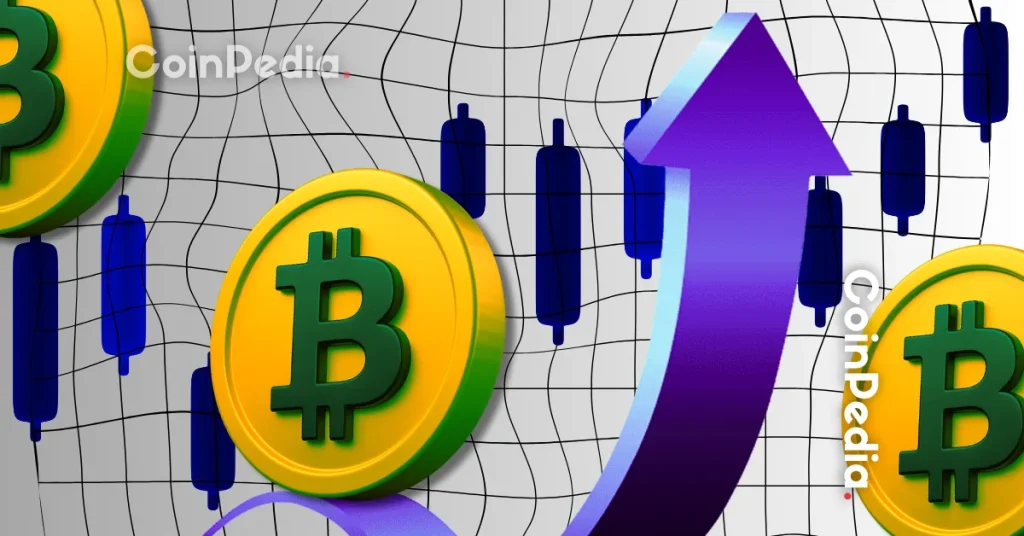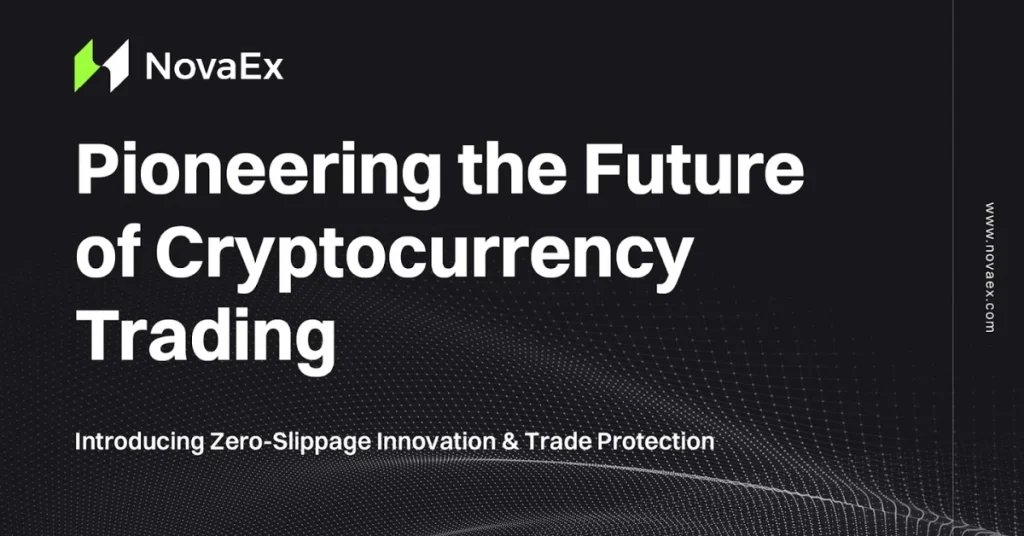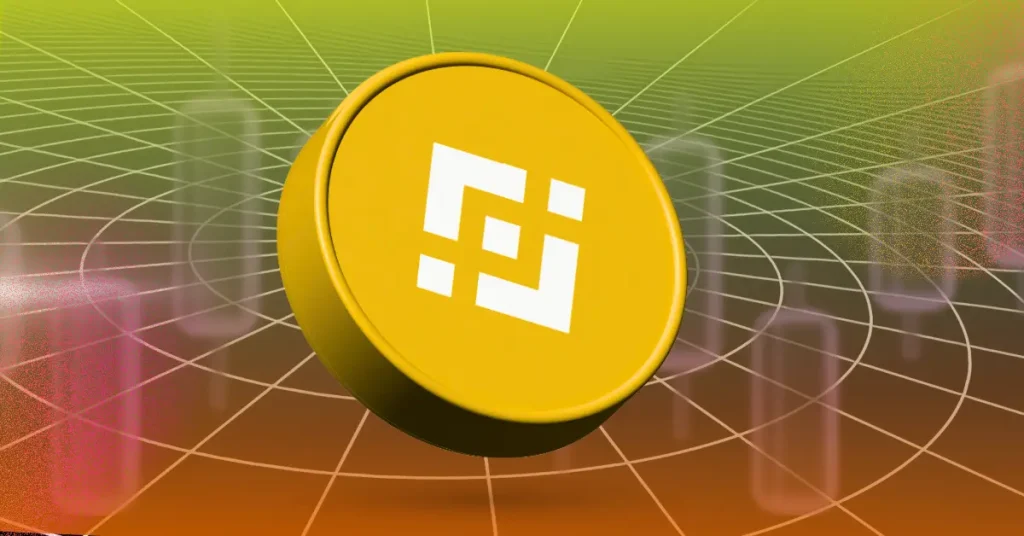Customer support isn’t the first thing that comes to mind when people talk about Web3. But for many users, especially those taking their first steps into self-custody, it’s often the difference between staying or walking away.
At Trust Wallet, we’ve spent years simplifying the Web3 experience for millions of people around the world. We’re building toward a future where anyone can use their wallet like a personal bank—secure, self-managed, and on-chain. But we know that getting there isn’t always easy.
That’s why behind every smart feature we ship, there’s a deeply human mission: to make sure no user gets left behind.
Put another way, we intentionally go above and beyond what most people expect from a Web3 support desk. We’re 100% committed to making self-custody simple, secure, and accessible for everyone. That commitment extends beyond product features to how we protect and support our users — with scam prevention and fast, reliable customer support as core priorities.
From 20 Million to 200 Million—and Every Support Ticket in Between
In just a few years, Trust Wallet’s user base has grown more than 10X: from ~20 million to over 200 million downloads globally. This kind of scale doesn’t simply come from hype—it comes from trust.
Building and maintaining that trust means being there when things go wrong. Because even with the most intuitive design, Web3 can still feel complex. Mistaken transfers, unexpected contract interactions, phishing links are moments test confidence, especially for users exploring crypto for the first time.
That’s where our Customer Support team steps in. Not just to resolve issues, but to act. To investigate, escalate, and coordinate across platforms when users need help most.
This year alone, for example:
- We’ve helped users recover over hundreds of thousands in scam-related losses—including a single case where a significant 5 figure amount was returned through collaboration with Binance’s Security team.
- We’ve also helped stop hundreds of thousands in scam-linked transactions from progressing across centralized and decentralized exchanges.
- Our in-app Security Scanner has blocked $162 million in potentially harmful transactions.
Additionally, in 2024, we helped users recover $1.3 million USD—although this number could have been much higher with better cooperation from centralized exchanges.
“Our support team is the backbone of our trust promise,” said Joel K, CS Lead at Trust Wallet. “Users come to us with some of the hardest situations. Things like scams, lost funds, urgent escalations. We don’t just respond. We roll up our sleeves and work across the ecosystem to make things right.”
These aren’t isolated wins. They’re part of a deliberate, user-first system built to intervene—even in the parts of Web3 most assume are beyond recovery.
The AI Behind Trust Wallet’s Always-On Customer Support
Trust Wallet combines AI efficiency with human expertise to give users the best of both worlds in customer support — while keeping scam prevention at the heart of everything we do.
We’ve doubled the size of our human support team to significantly enhance service levels and strengthen security operations. This expansion is crucial, especially as scam-related tickets can be some of the most time-consuming to resolve. Our AI-powered chatbot plays a vital role in this efficiency — assisting tens of thousands of users every month with common issues and quick answers.
The chatbot is available 24/7 to answer basic questions, guide users to self-service articles that match their situation, and help create a support ticket if needed. This means fast resolutions for straightforward issues.
However, the bot is only part of the solution. For higher-complexity cases, a team of trained human agents reviews the information gathered by the bot and follows up with tailored assistance. This ensures every case gets the right level of attention — from simple troubleshooting to more technical, in-depth support.
We also want users to know the proper way to reach Trust Wallet Support:
- Start with our Help Center, or talk to the chatbot, which can answer most common questions and, if necessary, escalate your case to our support agents.
- And just as importantly, users should learn how to spot fake support scams. We cover a number of examples in this educational blog post. In short, Trust Wallet Support will never contact you first, ask for your recovery phrase, or request remote access to your device. Staying alert to these red flags is key to keeping your assets safe.
By integrating AI into our workflow, we’re able to respond faster, reduce wait times, and focus our human team’s expertise where it matters most — all while reinforcing our commitment to scam prevention and user protection.
Support That Doesn’t Just Scale—It Cares
As we’ve grown, so has our responsibility. Scam-related cases are among the most sensitive and time-consuming we handle. That’s why we’ve doubled the size of our support team and continued to invest in internal tooling. This way, we can act faster, dig deeper, and provide the kind of support most users wouldn’t expect from a crypto wallet.
We’ve also integrated automation to help with scale, assisting tens of thousands of users per month with common issues. But we’ve made sure that what matters stays human. Because while automation helps with speed, what builds real trust is knowing someone will fight for you when it counts.
“As a CS Rep, my job means showing up for users when they’re at their most vulnerable,” said Alejandro, a Trust Wallet support specialist. “We’ve had people reach out in panic, thinking everything is gone. And we’ve helped them recover it. That’s not something they expect from a wallet, but still, it’s what we do.”
That mindset of showing up, even when it’s hard—is what sets our support apart.
On the Road to a Web3 Neo Bank, People Come First
Trust Wallet is rapidly becoming the gateway to the on-chain economy. Today, we support over 100 blockchains, millions of assets, and features like staking, NFTs, token swaps, and much more—all from one wallet.
But we’re not stopping there. We’re laying the foundation for something bigger: a Web3 neo bank that lives entirely onchain. No branches, no paperwork, no middlemen – just users, their devices, and full control of their financial lives.
Getting there means solving real problems with service, and not just with technology.
Whether you’re exploring Web3 for the first time or managing assets across multiple chains, we believe support isn’t optional. It’s infrastructure. And as we scale to the next 500 million users, it’s what will set us apart.
A Wallet You Can Count On—Even When Things Go Wrong
In a decentralized world, where “you’re on your own” is still the norm, Trust Wallet is choosing a different path: one where user protection, education, and real human support are built in from day one.
We don’t just close tickets or reroute questions. We go much deeper by going after stolen funds, tracking scam flows, and helping users regain control. Our support team operates with a simple belief: we are here to help, even when others won’t. It’s our promise. And it’s one we intend to keep.
Disclaimer: Content is for informational purposes and not investment advice. Web3 and crypto come with risk. Please do your own research with respect to interacting with any Web3 applications or crypto assets. View our terms of service.
Join the Trust Wallet community on Telegram. Follow us on X (formerly Twitter), Instagram, Facebook, Reddit, Warpcast, and Tiktok
Note: Any cited numbers, figures, or illustrations are reported at the time of writing, and are subject to change.
The post The Human Layer of Web3: Inside Trust Wallet’s Approach to Support appeared first on BeInCrypto.














